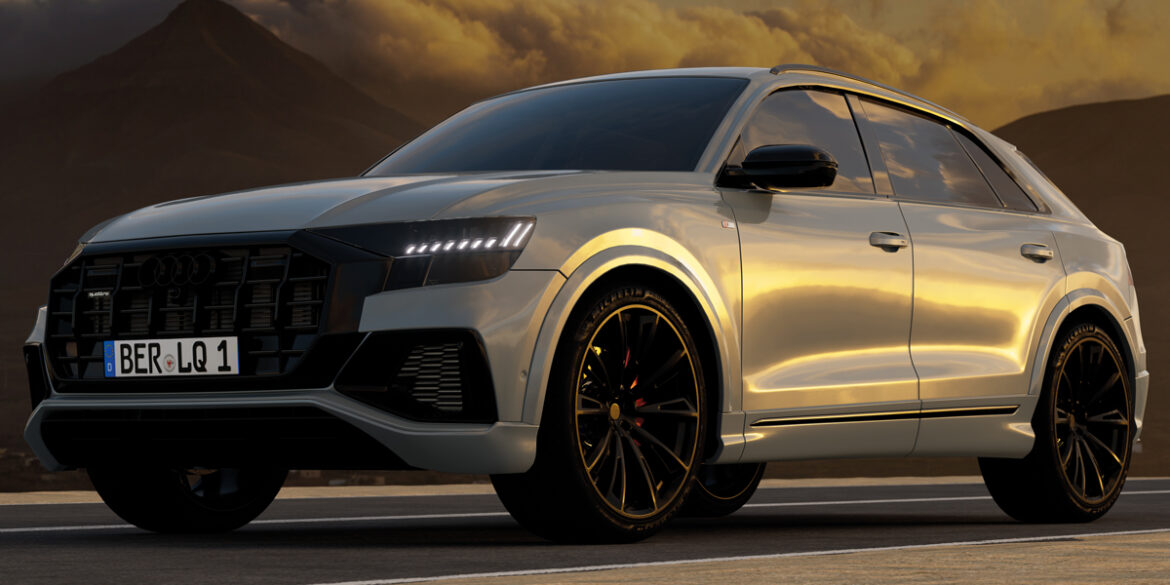Car Talk
In an industry criticised for overlooking its female user base, local automotive expert Ruth Sturgess from Jules Sturgess Automotive takes the temperature on top priorities when buying a car
It’s no secret gender disparity is a real issue across the automotive sector.
As of 2023, the DVLA reported that women make up 48% of all motorists in the UK – a number Auto Trader’s Erin Baker predicts will continue to grow over the next decade, ultimately resulting in women becoming the majority of drivers on the road (while also being majority purchasers) by 2030.
But at the same time, this market segment feels underrepresented and misunderstood, as observed by research from various sources including Marketing Week.
In 2023, a study conducted by its female-focused studio WMN found that 8.5 million female drivers (over half of the DVLA’s 48%) felt the automotive industry didn’t understand their needs.
So, what are some of those needs, and are they truly so different? I decide to broach the topic with friends on a long overdue girls’ catch-up.

Ruth Sturgess offers valuable insight into the priorities of female car consumers
“It’s simple: price and comfort,” one comments, immediately echoed by a preference for larger cars, estates or 4x4s particularly from a well-trusted brand – in this case Audi or BMW. “I need rear doors for the kids and their endless baggage, and always prefer leather seats for the emergency wiping of sticky mess!” agrees another friend.
Size, mileage, brand and colour are all up there in top considerations when buying for these women, but driving experience falls by the wayside – a topic laughed off as being within the husband’s terrain.
When it comes to the manual and automatic debate, changing driving habits and increased traffic mean that more people are choosing to buy auto for their ease and convenience.
However, research suggests that male drivers prefer manual transmissions since they are often associated with more control and a real driving experience.
I tend to agree on this account, especially considering automatic cars are typically more expensive to insure due to more costly and harder-to-replace parts, as reported by Ocean Finance, Axa and Money Supermarket.
What about colour and design? Regardless of gender, the majority of buyers opt for silver, grey or black, yet research substantiates the view that men usually show more interest in the engine capacity, speed, horsepower and overall performance of the car over aesthetics.
 While this doesn’t mean women aren’t interested in these features, Autocar confirms their buying decisions are more likely to be influenced by security, comfort and practicality, particularly higher safety ratings and additional features like rear-view cameras, anti-lock brakes, airbags and high-tech crash-prevention systems.
While this doesn’t mean women aren’t interested in these features, Autocar confirms their buying decisions are more likely to be influenced by security, comfort and practicality, particularly higher safety ratings and additional features like rear-view cameras, anti-lock brakes, airbags and high-tech crash-prevention systems.
I joke that this may be why men have more road accidents than women – shockingly, according to the Department for Transport (DfT), 78% of road fatalities in 2023 were male.
Meanwhile, data from road safety charity Brake states that men are three times as likely to break the speed limit compared to women.
According to The Priority Report commission by Axa in 2023, interior features and in-car technology – such as entertainment systems, sophisticated control panels and navigation systems – are far more important to men.
Women, on the other hand, put seat comfort, spaciousness and easy access to controls higher up the list.
I personally barely touch the controls in my car beyond the basic ones. I didn’t even know I had air conditioning until suffering a three-hour drive in 30°C heat with the windows open!
On the topic of the drive towards electrification, EVs split the table, but range anxiety and a distrust for Tesla seem to be common factors – particularly thanks to the latter having its own special charger that isn’t generic.
Even though a study by Ebay Motors Group found one in two buyers (51%) expect their next car purchase to be an EV or hybrid, this statistic is heavily weighted towards men, accounting for over six in ten vehicles.
How this fast-paced trend continues, and how well women will be marketed to and accommodated for in this ever-shifting dynamic, only time will tell.
Top tips for vehicle maintenance
Tom Turner, detailing specialist at Jules Sturgess Automotive, answers the most-asked questions on how to take care of your car’s appearance and, ultimately, its value.
1. What is a safe wash?
 Take all necessary precautions to avoid scratching or swirling your paintwork and film.
Take all necessary precautions to avoid scratching or swirling your paintwork and film.
An unwashed car will be covered in dirt and grit, creating light marring and scratching of the panel if pushed around its body.
To avoid this, use a pressure washer to push off as much dirt and grit as possible. Then, use a snow foam or chemical sprayer to apply a pre-wash solution to soften the remaining dirt and repeat the rinse off with the pressure washer.
Finally, use two buckets with grit guards in a soap bucket and a rinse bucket. This is the final precaution; any dirt and grit still on the car gets removed in the wash mitt and rinsed off into the rinse bucket.
Load your wash mitt with soap again before washing another panel.
2. Should I use a particular shampoo or products?
A pH-neutral shampoo is best if you have any coatings on your film or paintwork.
Stronger shampoos can wash away stubborn dirt, but will diminish the life of any coatings.
3. What’s the best thing to do to ensure paintwork stays in great condition?
Keeping it washed regularly using the safe technique and paint protection film is a fantastic investment to ensure paintwork isn’t chipped or scratched.
Or else the next question will be: ‘where do I get a paint job?’

